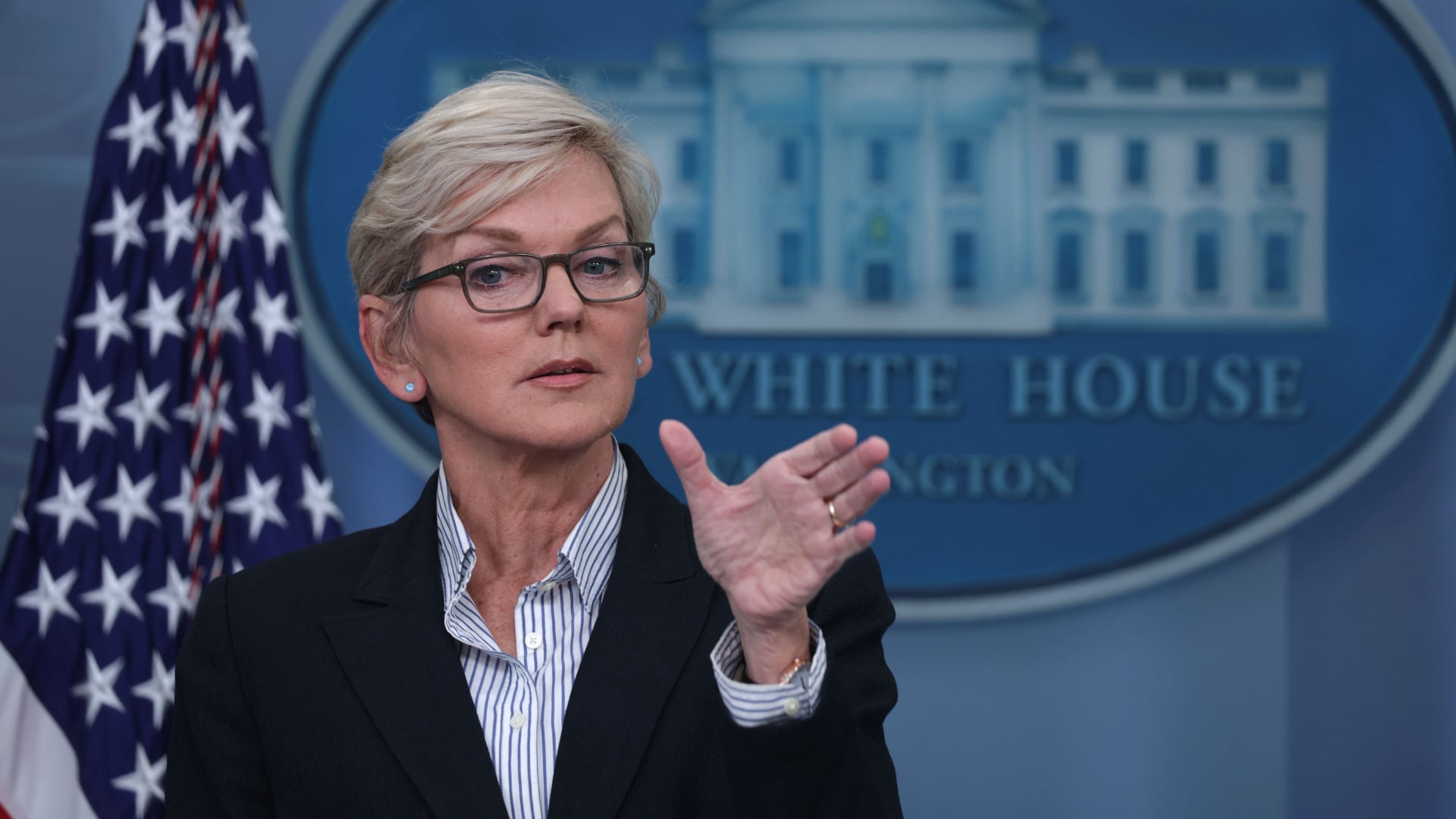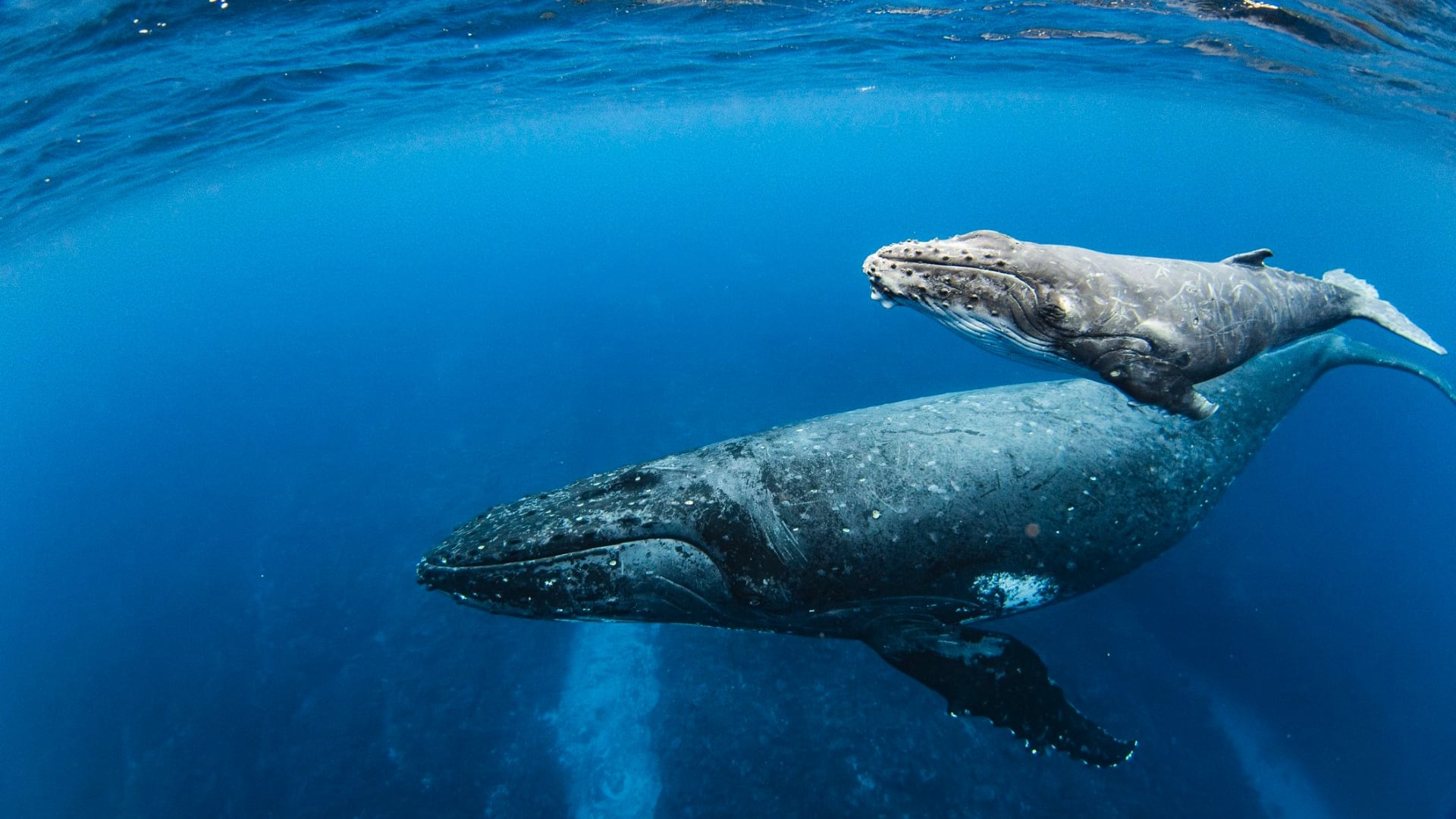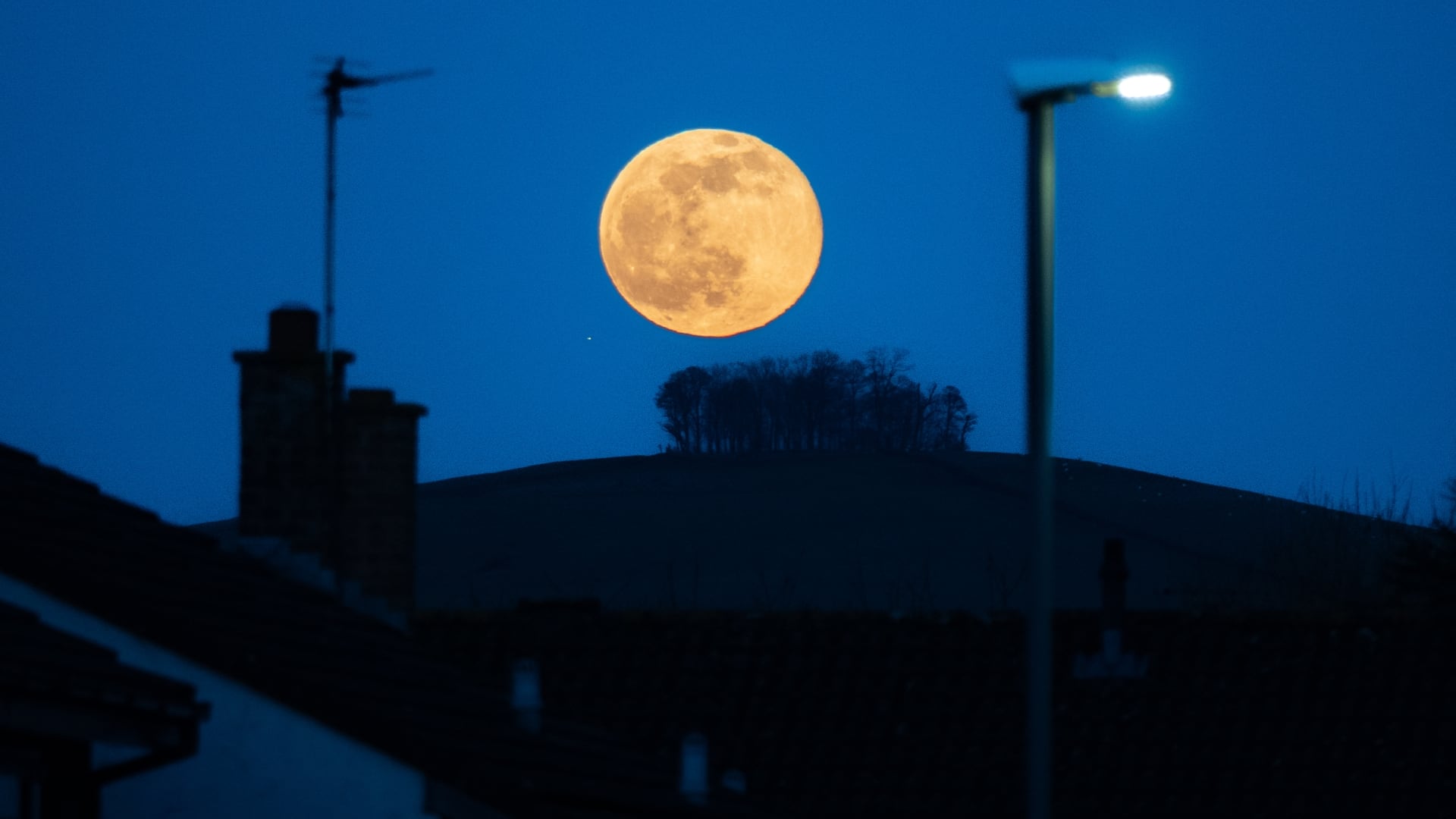By Ty O'Neil, Claire Rush, Jennifer Sinco Kelleher and Rebecca Boone
Hawaii emergency management records show no indication that warning sirens sounded before people ran for their lives from wildfires on Maui that killed at least 55 people and wiped out a historic town. Instead, officials sent alerts to mobile phones, televisions and radio stations — but widespread power and cellular outages may have limited their reach.
Hawaii boasts what the state describes as the largest integrated outdoor all-hazard public safety warning system in the world, with about 400 sirens positioned across the island chain to alert people to various natural disasters and other threats.
But many survivors said in interviews Thursday that they didn’t hear any sirens or receive a warning that gave them enough time to prepare and only realized they were in danger when they saw flames or heard explosions nearby.
The wildfires are the state’s deadliest natural disaster since a 1960 tsunami that killed 61 people. An even deadlier tsunami in 1946, which killed more than 150 people on the Big Island, prompted the development of the territory-wide emergency system that includes the sirens, which are sounded monthly to test their readiness.
Gov. Josh Green warned that the death toll would likely rise as search and rescue operations continue. Cadaver-sniffing dogs were brought in Friday to assist the search for the remains of people killed by the inferno, said Maui County Mayor Richard Bissen Jr.
Thomas Leonard, a 70-year-old retired mailman from centuries-old Lahaina, didn’t know about the fire until he smelled smoke. Power and cellphone service had both gone out earlier Tuesday, leaving the town with no real-time information about the danger.
He tried to leave in his Jeep, but had to abandon the vehicle and run to the shore when cars nearby began exploding. He hid behind a seawall for hours, the wind blowing hot ash and cinders over him.
Firefighters eventually arrived and escorted Leonard and other survivors through the flames to safety.
Fueled by a dry summer and strong winds from a passing hurricane, at least three wildfires erupted on Maui this week, racing through parched brush covering the island.
The most serious one left Lahaina a grid of gray, ashen rubble, wedged between the blue ocean and lush green slopes. Skeletal remains of buildings bowed under roofs that pancaked in the blaze. Palm trees were torched, boats in the harbor were scorched and the stench of burning lingered.
“Without a doubt, it feels like a bomb was dropped on Lahaina,” the governor said after walking the ruins of the town Thursday morning with the mayor.
Firefighters managed to build perimeters around most of the Lahaina fire and another near the resort-filled area of Kihei, but they were still not fully contained as of Thursday afternoon.
Hawaii Emergency Management Agency spokesperson Adam Weintraub told The Associated Press that the department's records don't show that Maui's warning sirens were triggered on Tuesday, when the Lahaina fire began. Instead, the county used emergency alerts sent to mobile phones, televisions and radio stations, Weintraub said.
It’s not clear if those alerts were sent before outages cut off most communication to Lahaina. Across the island, in fact, 911, landline and cellular service have failed at times.
Maui Fire Department Chief Brad Ventura said the fire moved so quickly from brush to neighborhoods that it was impossible to get messages to the emergency management agencies responsible for alerts.
“What we experienced was such a fast-moving fire through the ... initial neighborhood that caught fire they were basically self-evacuating with fairly little notice,” Ventura said.
The blaze is the deadliest U.S. wildfire since the 2018 Camp Fire in California, which killed at least 85 people and laid waste to the town of Paradise.
Lahaina’s wildfire risk was well known. Maui County’s hazard mitigation plan, last updated in 2020, identified Lahaina and other West Maui communities as having frequent wildfires and a large number of buildings at risk of wildfire damage.
The report also noted that West Maui had the island’s second-highest rate of households without a vehicle and the highest rate of non-English speakers.
“This may limit the population’s ability to receive, understand and take expedient action during hazard events,” the plan noted.
Maui’s firefighting efforts may also have been hampered by a small staff, said Bobby Lee, the president of the Hawaii Firefighters Association. There are a maximum of 65 firefighters working at any given time in Maui County, and they are responsible for fighting fires on three islands — Maui, Molokai and Lanai — he said.
Those crews have about 13 fire engines and two ladder trucks, but the department does not have any off-road vehicles, he said. That means fire crews can't attack brush fires thoroughly before they reach roads or populated areas.
High winds caused by Hurricane Dora made this week's task especially difficult. “You’re basically dealing with trying to fight a blowtorch,” Lee said.
The mayor said that as people attempted to flee Lahaina, downed power poles added to the chaos by cutting off two important roads out of town, including one to the airport. That left only one narrow, winding highway.
Marlon Vasquez, a 31-year-old cook from Guatemala who came to the U.S. in January 2022, said that when he heard fire alarms, it was already too late to flee in his car.
“I opened the door, and the fire was almost on top of us," he said from an evacuation center at a gymnasium. “We ran and ran. We ran almost the whole night and into the next day, because the fire didn’t stop."
Vasquez and his brother Eduardo escaped via roads that were clogged with vehicles. The smoke was so toxic that he vomited. He said he's not sure his roommates and neighbors made it to safety.
Chelsey Vierra said Thursday that she didn't know if her great-grandmother, Louise Abihai, managed to escape her senior living facility, which witnesses saw erupt in flames.
“She doesn’t have a phone. She’s 97 years old,” Vierra said. “She can walk. She is strong.”
Relatives were monitoring shelter lists and calling the hospital. “We don’t know who to ask about where she went,” said Vierra, who fled the flames.
President Joe Biden declared a major disaster on Maui on Thursday and promised to streamline requests for assistance to the island.
Sinco Kelleher reported from Honolulu, Rush from Kahului, Hawaii, and Boone from Boise, Idaho. These Associated Press writers contributed to the report: Chris Weber in Los Angeles; Nick Perry in Wellington, New Zealand; Andrew Selsky in Bend, Oregon; Bobby Caina Calvan and Beatrice Dupuy in New York; Chris Megerian in Salt Lake City; and Audrey McAvoy in Wailuku, Hawaii.
Associated Press climate and environmental coverage receives support from several private foundations. See more about AP’s climate initiative here. The AP is solely responsible for all content.
Updated August 11, 2023 at 11:38 a.m. ET with the latest details.













